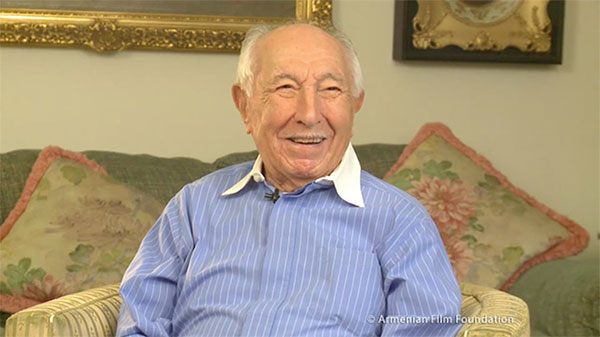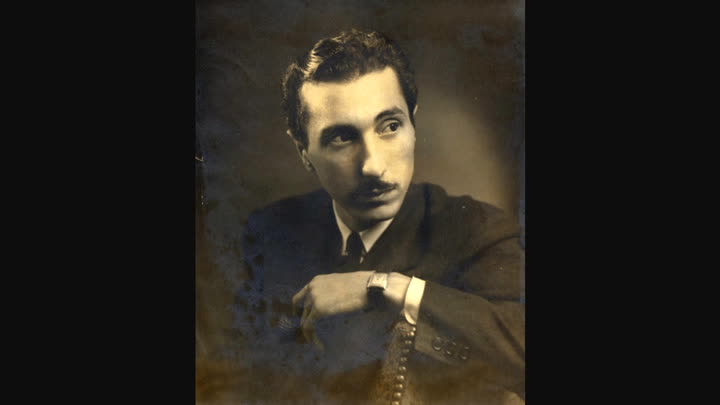Armenian Genocide survivor dies at 104

 B. Artin Haig
B. Artin HaigHe saw Babe Ruth play at Yankee Stadium. He photographed President Franklin Roosevelt. And he was one of the few remaining survivors of the Armenian Genocide in North America.
Haig, who died Monday, told much of his story in testimony in USC Shoah Foundation’s Visual History Archive.
Born Haig Artin Kojababian to an affluent family between homes in Osmaniye and ancestral Hajin (current-day Saimbeyli), Turkey, his first months were just as World War I was starting in 1914. After surviving the initial years of the Armenian Genocide, he was orphaned as a young child during the French occupation of Cilicia; he witnessed his mother being dragged away by Turkish soldiers. His father was also murdered.
“My father was well known by the sultan of Turkey,” he said in a 2013 interview with Carla Garapedian of the Armenian Film Foundation, whose collection of Armenian Genocide survivors resides in the VHA. “They knew he was an Armenian patriot. They set a price on his head. In 1918, they caught him and beheaded him.”
Haig was able to flee violence and spent the next few years moving from place to place: Constantinople, Marseilles and Buenos Aires before winding up in New York when he was 10 under the guardianship of his maternal uncle. His sister Haigouhie (Alice) stayed back in France until moving to the U.S. in 1939.
He became a successful photographer and raised a family in Washington, D.C., Dallas and later Milwaukee. By his late 20s he had photographed President Franklin Delano Roosevelt in the White House.
 Haig at his studio office.
Haig at his studio office.When he was 93, he returned to Armenia with his family. He gave his testimony to Carla Garapedian of the Armenian Film Foundation, whose collection is part of the Visual History Archive.
Manuk Avedikyan, USC Shoah Foundation’s program officer of USC Shoah Foundation’s testimonies from the Armenian Genocide, said that as the final witnesses of the earliest genocide of the 20th century die, their recorded memories become increasingly important.
“Despite being orphaned so young, Haig’s story is central to the Armenian diaspora story and most especially the American-Armenian experience,” Avedikyan said. “The story of a family struggling to stay connected after calamity and his personal ambitions and successes are for future generations to empathize and witness perseverance after such a traumatic period.”
Like this article? Get our e-newsletter.
Be the first to learn about new articles and personal stories like the one you've just read.